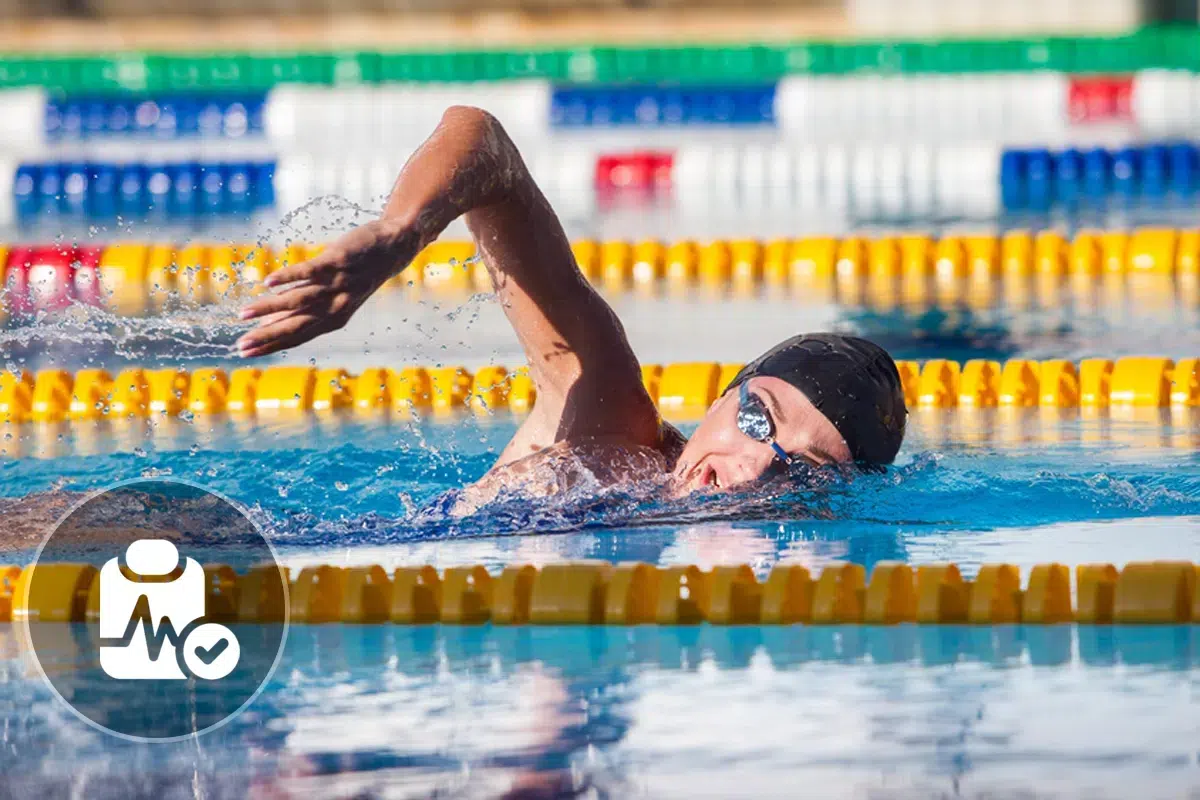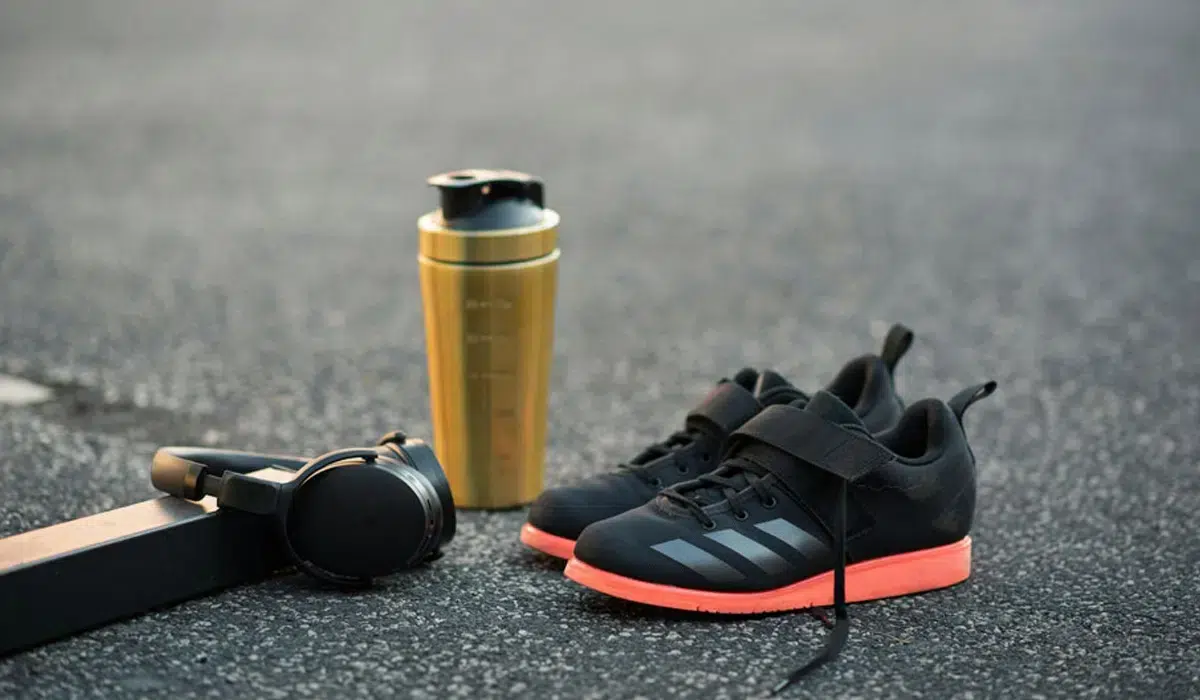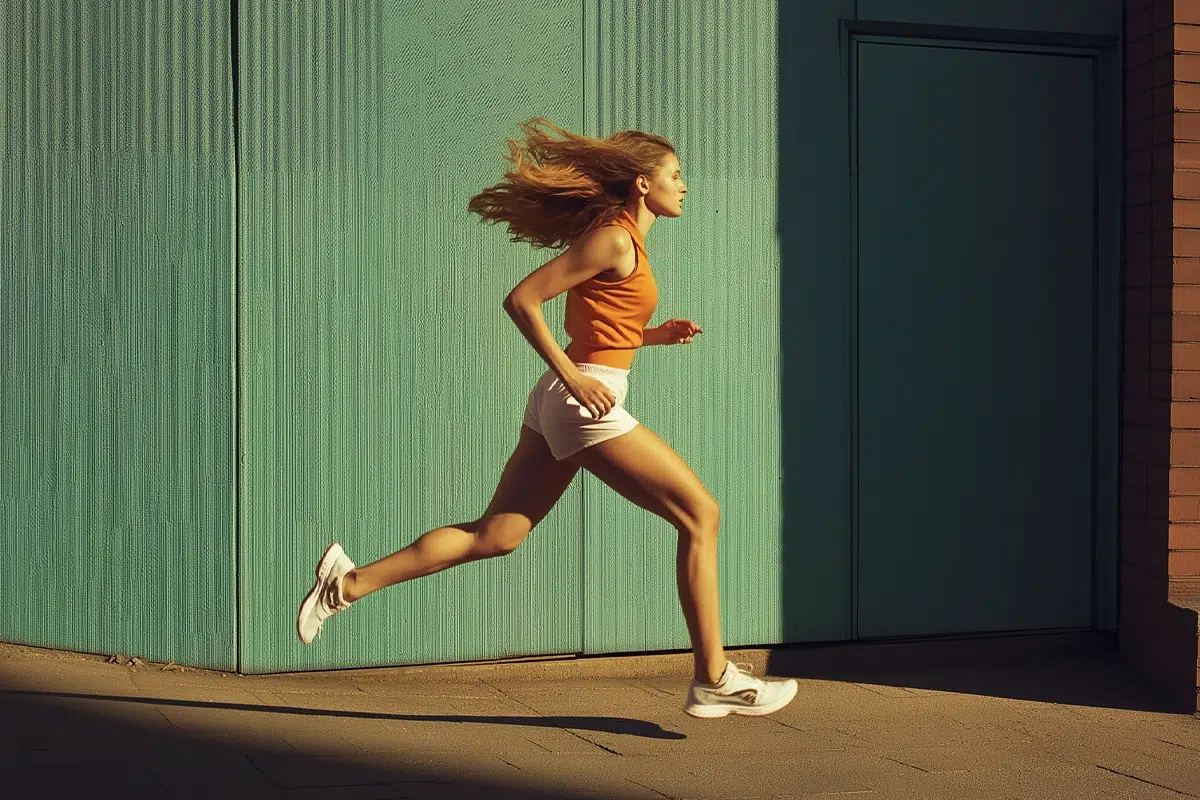Show summary Hide summary
- What are the health benefits of front crawl swimming?
- More information on crawl swimming
- TOP 4 advantages and benefits of the crawl!
- What are the disadvantages of the crawl?
- Definition, information and advice on crawling!
- Other water sports: dive into the world of aquatic sports
- Discover the health benefits of other sports!
- Discover the health benefits of other sports!
What are the health benefits of front crawl swimming?

Everything you need to know about the crawl
What are the health benefits of front crawl swimming? Use the tool below to find out all the benefits of front crawl swimming and discover whether this sport meets your goals and expectations.
More information on crawl swimming
Is crawl good for your health? Is it a good sport that’s accessible to everyone? Whether you’re a beginner or an experienced swimmer, you’ll find a list below of the benefits and problems you may encounter when swimming the crawl.

TOP 4 advantages and benefits of the crawl!
The crawl has many benefits for the body, including :
- The front crawl works the cardiovascular system, breathing and endurance
- The crawl improves muscle tone and joint flexibility
- The crawl strengthens the immune system
- The crawl boosts your humour and energy levels
What are the disadvantages of the crawl?
There are more advantages to the crawl than disadvantages. As with any swimming sport, there are certain pathologies (skin problems, lung infections, neurological problems, lower back pain, joint problems, tendonitis, etc.) that you should keep an eye on. In any case, if you have any doubts, it’s always best to seek medical advice. Finally, the fear of showing your body to others or aquaphobia can be a real obstacle for some people.
Definition, information and advice on crawling!
What is crawl? When and how?
The crawl is one of four swimming techniques, like the breaststroke, butterfly and backstroke.
This swimming technique is said to be asymmetrical, since one part of the body reproduces the opposite movement of the other. Crawl comes from the word “to crawl”. The swimmer lies on his stomach and alternately rotates his arms while kicking his legs. The crawl is a fast, dynamic stroke that is generally used in freestyle swimming competitions.
What is the difference between the crawl and other swimming techniques?
- Breaststroke is a symmetrical stroke that requires the arms to pull, followed by the legs to propel.
- The back crawl is an asymmetrical stroke that involves swimming on your back. The swimmer alternates between arm and leg movements to propel himself.
- Butterfly swimming is a symmetrical stroke in which the swimmer propels himself by pulling and pushing his arms and undulating his legs and hip.
- Synchronised or artistic swimming is a combination of dance and swimming that consists of reproducing gymnastic figures to a background of music.
Other water sports: dive into the world of aquatic sports
Water sports offer an excellent opportunity to strengthen your body while staying refreshed. They are perfect for improving cardiovascular fitness, muscle strength, and flexibility, all while being gentle on the joints. Discover these aquatic activities to diversify your training:
- Aquabiking: Strengthen your legs and improve your cardio by pedaling in the water.
- Aqua gym: Develop strength and flexibility through dynamic water exercises.
- Kayaking: Enhance your coordination and upper body strength while navigating in a kayak.
- Scuba diving: Explore underwater environments while enhancing your breathing and relaxation.
Everything you need to know about the crawl
Discover the health benefits of other sports!
Discover the health benefits of other sports!
All sports in detail!




















































